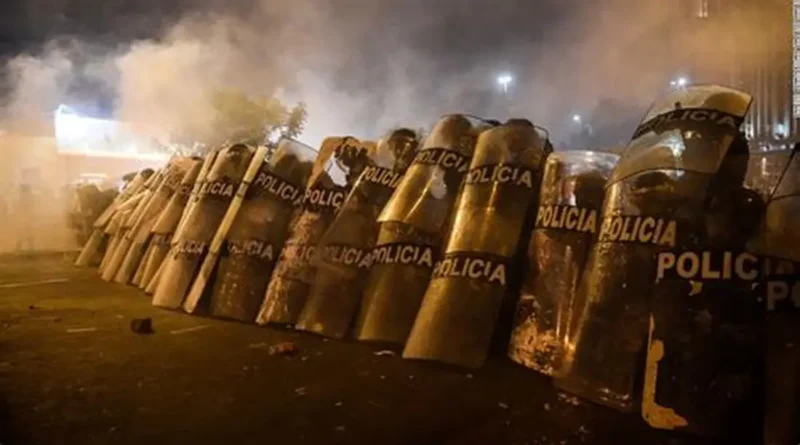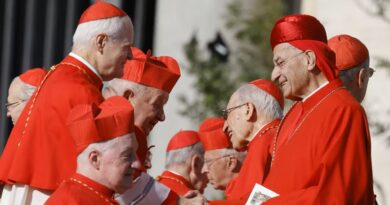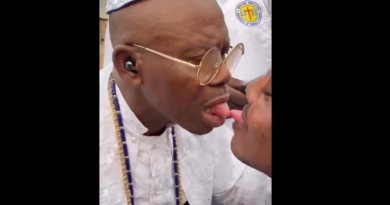One Dead, 100 Injured in Peru Anti-Crime Protests
At least one person has died, and more than 100 others were injured during mass protests in Peru on Wednesday, as demonstrators clashed with police in the capital, Lima, and other cities. The unrest comes amid mounting public anger over rising crime and dissatisfaction with the country’s political leadership.
President José Jeri, who took office just days ago following the impeachment of Dina Boluarte, confirmed the death of a 32 year old man, Eduardo Ruiz Sanz, during the protests. He expressed regret over the incident in a post on social media platform X but did not provide details on the circumstances surrounding the man’s death.
According to the Ombudsman’s Office, at least 102 people were injured in the protests including 24 civilians and 78 police officers revising earlier estimates.
Thousands of people, many of them young and frustrated with government inaction on crime, took to the streets in a coordinated protest that drew support from artists’ collectives, labor unions, feminist organizations, and student groups. Demonstrators expressed anger at the authorities’ failure to curb rising levels of extortion, contract killings, and gang violence.
Tensions peaked as night fell, with some protesters attempting to breach security barriers surrounding Congress. Others hurled stones and lit fireworks, prompting riot police to respond with tear gas. Images captured by AFP showed a police officer with a bloodied face after being struck by a projectile.
ALSO READ: 200 Early Childhood Teachers Trained for Leadership and Change
A human rights organization, the National Human Rights Coordinator, claimed that the deceased protester may have been shot by a plainclothes police officer, though this has not been officially confirmed.
President Jeri described the protests as “peaceful” but said they had been infiltrated by individuals intent on causing chaos. He vowed to take a hard stance against organized crime, which has become deeply entrenched in Peruvian society.
“There’s no security from the state,” said Amanda Meza, a 49 year old freelance worker who joined the march toward Congress. “Extortion and contract killings have grown massively in Peru.”
Jeri, a right wing former leader of Congress, assumed the presidency as an interim leader until elections scheduled for April. However, his rise to power has done little to quell the unrest. Protesters have also voiced anger over past allegations of sexual assault against him, a case that prosecutors closed earlier this year due to lack of evidence.
His predecessor, Dina Boluarte, was impeached last week amid widespread dissatisfaction with her handling of Peru’s crime crisis and allegations of corruption. Her downfall followed a wave of protests by bus drivers, students, and market vendors against extortion rackets and violent attacks by criminal gangs.
Organized crime groups such as Los Pulpos and Venezuela’s Tren de Aragua are known to operate across Peru, often kidnapping or threatening civilians in exchange for ransom or protection money.
As the country reels from yet another episode of political turmoil, Jeri has pledged to “declare war” on organized crime. But with public trust in the political establishment at a low point, it remains to be seen whether his promises will be enough to restore order.
Content Credit: Ohidah Oluwaferanmi
Image Credit: CNNworld.com




